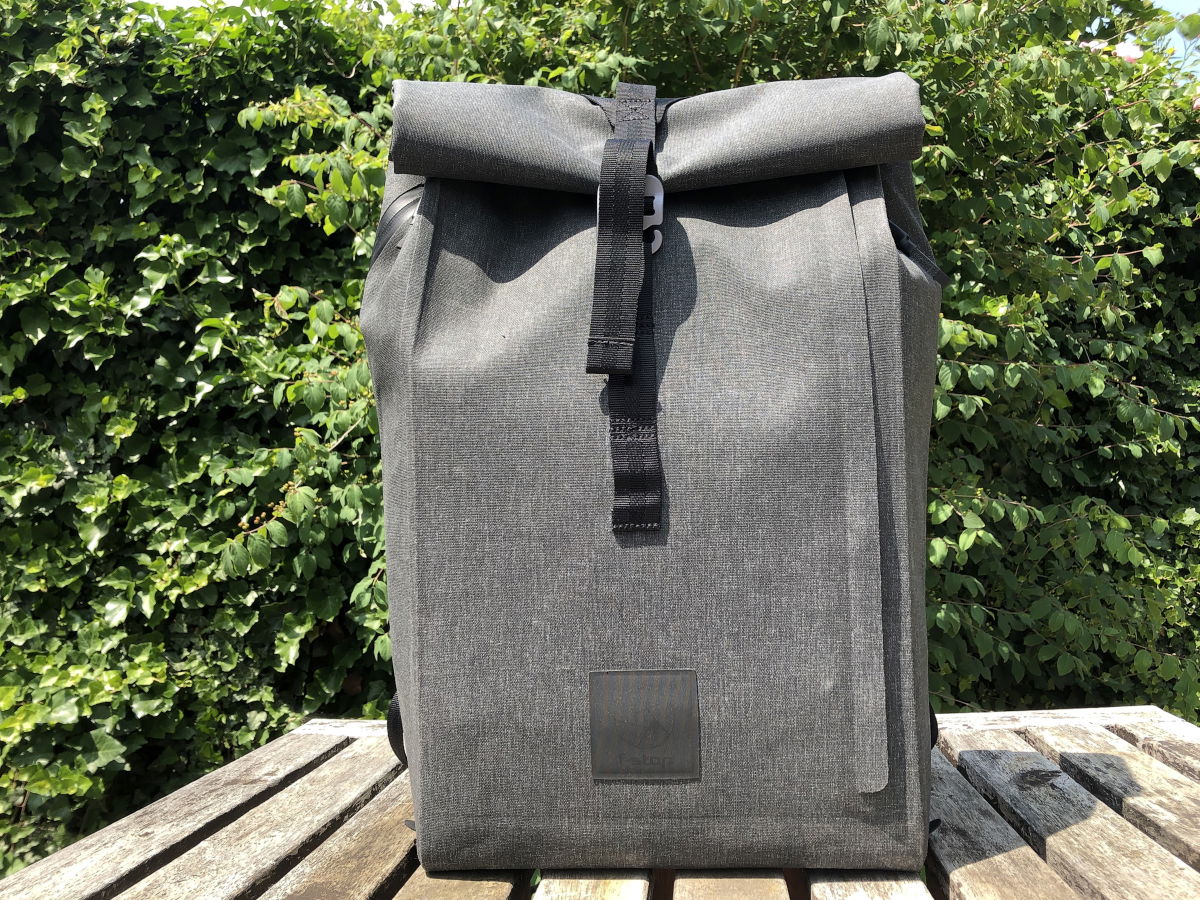The best high resolution camera gives you unparalleled image quality. A camera with a higher megapixel (MP) count changes how you take pictures. It gives you sharper details and more intense colors. But what are the best high-res cameras in 2023?
The Sony a7R V is a phenomenal mirrorless camera that tops our list. It has a powerful full frame sensor with a 60.1 MP resolution. The image quality is breathtaking. And you get outstanding dynamic range and low-light performance. It’s also packed with all Sony’s latest features.
But that’s not the only high-resolution camera on the market. This article has plenty more options, so keep reading to find out more.
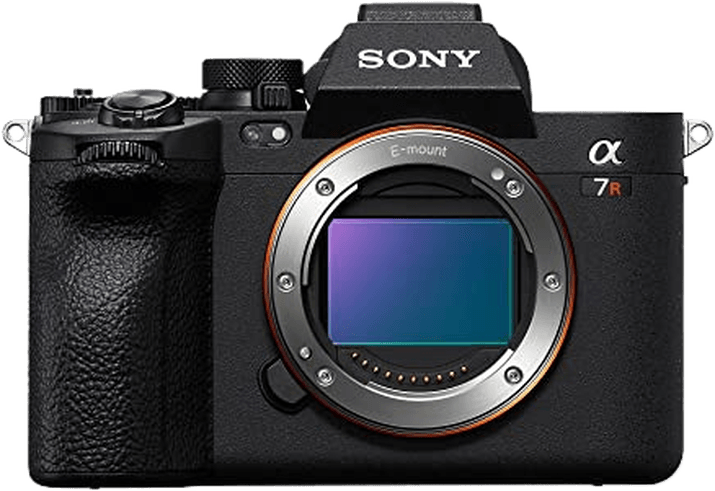
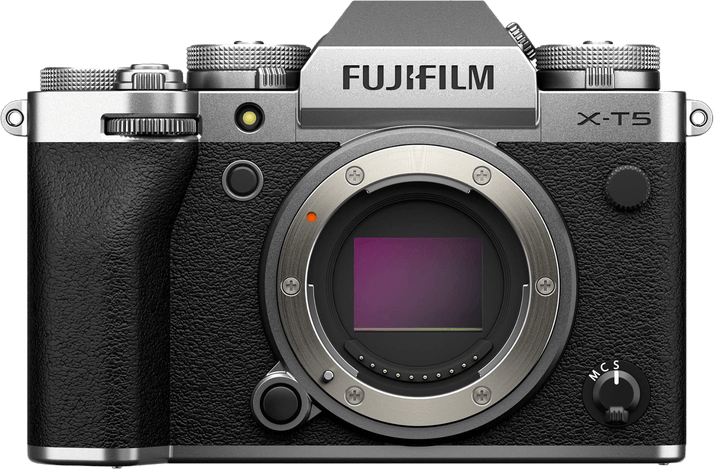
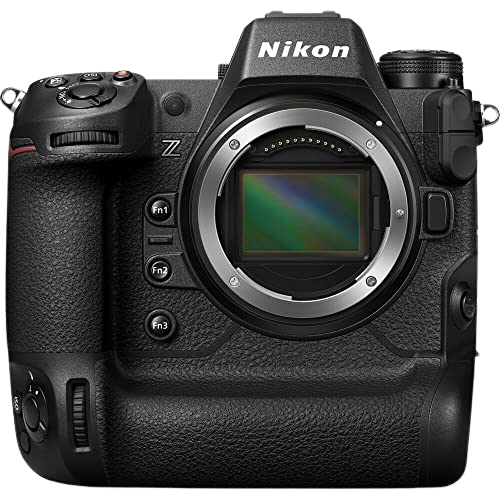
The simplest way to define the best high resolution camera is to say it’s the one with the highest MP count. But while a high megapixel count does determine high resolution, it doesn’t tell us which is best.
We also need to look at all-around performance and other features. And you need to consider your photography needs to decide which is best for you.
High resolution is also relative to the type of camera in question. Mirrorless cameras steal most of the headlines these days. But there are some fantastic DSLR cameras with high resolution sensors.
Sensor size is another important aspect. An APS-C camera has a smaller sensor than a full frame camera. That means APS-C cameras tend to have lower resolutions than full frames.
The same is true of Micro Four Thirds cameras, which have smaller sensors than APS-C cameras. Then you have medium format cameras with the largest sensor.
This means we must consider camera type when judging high resolution cameras. That’s why we’ve included a wide range of cameras in this list. We have everything from compacts to medium format cameras.
You can take a quick look at our list of high-res cameras. Then we’ll look at each high resolution camera in detail in the section below. There’s a FAQ section at the end if you need more information.



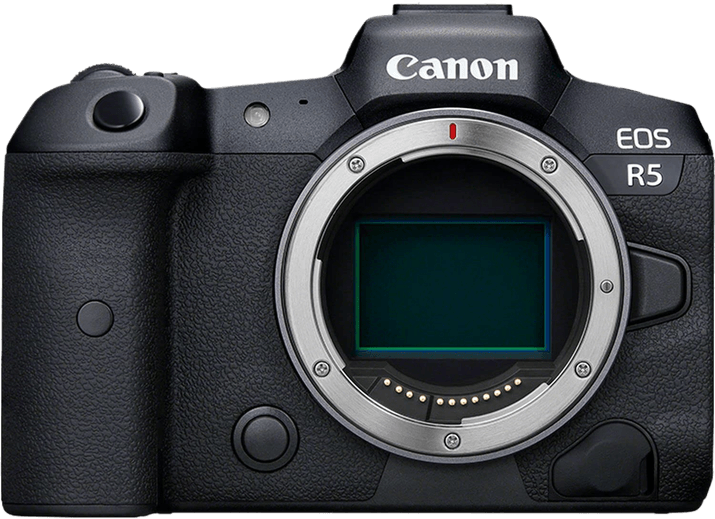
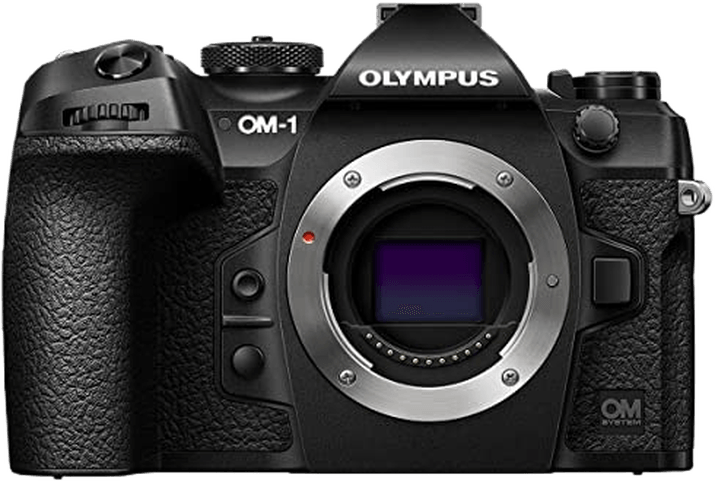
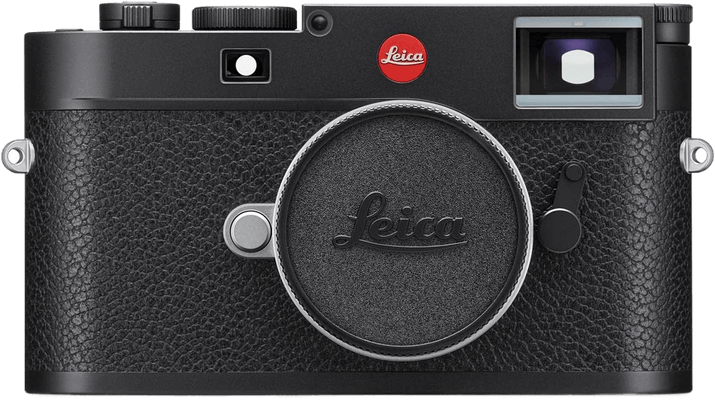
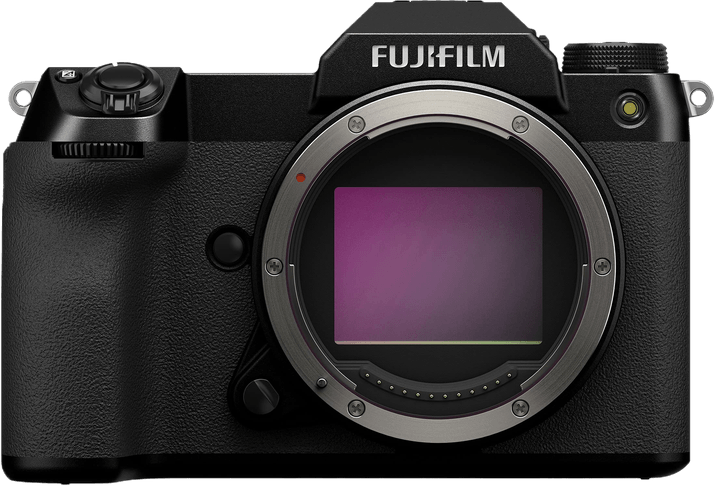
These are the best high resolution cameras in detail. Higher resolutions tend to mean higher prices, but we’ve tried to have a good selection of price tags and cameras.

| Released |
Released
2022
|
| Sensor Format |
Sensor Format
|
| Lens Mount |
Lens Mount
Sony FE
|
| Megapixels |
Megapixels
61 MP |
| Autofocus Points |
Autofocus Points
693 |
| Maximum ISO (Native) |
Maximum ISO (Native)
32,000 |
| Frame Rate |
Frame Rate
10 fps |
| In-body Stabilization |
In-body Stabilization
|
| Max Video Resolution |
Max Video Resolution
|
| Other Key Features |
Other Key Features
AI-powered AF, RAW image size selection, dual card slots, 4-axis screen rotation
|
| Best For |
Best For
Professional photographers and videographers
|
Sony’s a7 series has been blazing a trail for mirrorless cameras since its first model was released. And the Sony a7R V is no exception. It has made a splash as a powerful full frame camera in the photography scene.
Its image quality is beyond professional grade. And it has brilliant video recording.
We’ve seen high resolution Sony cameras before. But this mirrorless is quite extraordinary. The full frame sensor has an image resolution of 61 MP. That’s more than most full frame cameras. It’s even more than many medium format cameras.
The image quality is spectacular. The images are bright and vibrant with true-to-life color rendition. The level of detail is unparalleled. And you won’t see dynamic range like this on many other cameras.
This full frame mirrorless is also a brilliant, state-of-the-art hybrid camera. You can produce professional videos with 4K resolution. And you have frame rate options of 30 or 60 fps in the highest resolution settings. There’s also a microphone port for professional sound recording.
The autofocus (AF) is one of the most advanced we’ve seen. Face detection and subject tracking are improved by powerful artificial intelligence (AI).
It can recognize human and animal faces. And now it recognizes vehicles and insects. The AI tracking predicts your subject’s movements for more accurate focusing.
The ISO range isn’t exceptionally wide. But you do get a 50 ISO option. That improves the image quality even more.
And it has 5-axis image stabilization, allowing you to work with slower shutter speeds. This counteracts camera shake, giving you more exposure control.
It allows you to select which size RAW files you want to use. That means you can shoot with larger RAW files that collect more information. This gives you more editing power when it comes to post-processing.
We also appreciate the dual SD card slots. You can keep shooting all day without worrying about filling them up. And the weather-sealing means you can shoot outside in bad .
The Sony a7R V is an expensive camera. But it’s worth the money if you’re a professional looking for the best high-resolution camera.

| Released |
Released
2022
|
| Sensor Format |
Sensor Format
|
| Lens Mount |
Lens Mount
Fujifilm X
|
| Megapixels |
Megapixels
40 MP |
| Autofocus Points |
Autofocus Points
425 |
| Maximum ISO (Native) |
Maximum ISO (Native)
12,800 |
| Frame Rate |
Frame Rate
15 fps |
| In-body Stabilization |
In-body Stabilization
|
| Max Video Resolution |
Max Video Resolution
|
| Other Key Features |
Other Key Features
6.2K Video mode, Wi-Fi enabled, weather-sealed body, 64 ISO setting
|
| Best For |
Best For
Enthusiast to professional photographers and videographers
|
Fujifilm has made a bold statement with its latest camera, the Fujifilm X-T5. It’s a high-performance camera with a compact, stylish body that looks fantastic.
APS-C cameras often can’t compete with full frame models. But this mirrorless has raised the profile of crop sensor cameras with it’s phenomenal 40.1 MP resolution. That makes it a high resolution camera by any standards.
It produces stunning images. And the dynamic range is excellent. It doesn’t quite match some full frame models. But it’s impossible to argue with this level of detail and color rendition.
The standard low ISO setting is 125. But this can be expanded to 64 ISO for even more intensity.
If 40 MP images aren’t enough, the X-T5 has a 160 MP Pixel Shift mode. This shoots 20 RAW files which come together as a high-res composite.
You must put the composite photo together in software such as Adobe Lightroom. And you need to use a tripod. But the results are staggering.
Videographers will also love the X-T5. You get 6.2K video recording with a 30 fps frame rate. And that’s in 4:2:2 10-bit color. This means more color information for high-quality footage.
You also have an uncropped 4K video option. And it allows you to shoot at 60 fps. This gives you super-smooth footage with high video resolution. Plus you can also use this camera as a webcam. That’s good news for live streamers and vloggers.
The AF system is also advanced for an APS-C camera. It’s fast and reliable. And it has face-detection and subject-tracking features.
It has 5-axis image stabilization built-in. And there’s a 20 fps burst mode for action photography. That’s handy for sports photography.
The camera body is weather-sealed. And the LCD screen tilts and rotates for shooting at different angles. The built-in Wi-Fi and Bluetooth connectivity are useful. And USB charging is another helpful feature.
The X-T5 is an outstanding high resolution camera. It still has the retro body design we associate with Fujifilm cameras. But this model sets a new standard for APS-C mirrorless cameras.

| Released |
Released
2021
|
| Sensor Format |
Sensor Format
|
| Lens Mount |
Lens Mount
Nikon Z
|
| Megapixels |
Megapixels
46 MP |
| Autofocus Points |
Autofocus Points
493 |
| Maximum ISO (Native) |
Maximum ISO (Native)
25,600 |
| Frame Rate |
Frame Rate
30 fps |
| In-body Stabilization |
In-body Stabilization
|
| Max Video Resolution |
Max Video Resolution
|
| Other Key Features |
Other Key Features
4K slow-mo video, high-efficiency RAW files, 2-hour record time limit
|
| Best For |
Best For
Professional photographers and videographers
|
The Nikon Z9 has already achieved mythical status. That’s partly because Nikon hasn’t been able to keep up with demand. This means fewer people have been able to get their hands on it. But it’s also because it’s Nikon’s highest resolution mirrorless camera.
It’s a full frame mirrorless camera. And the sensor has a 45.7 MP resolution. The EXCEED 7 processor backs it for smooth performance. And they work together to give you breathtaking high resolution images.
Photo detail and color are exceptional. And the dynamic range is also impressive.
The burst mode is ideal for professional sports photographers. You can shoot full-res images at 20 or 30 fps. And there’s a 1,000-image buffer limit. That means you can keep your finger on the trigger for longer.
This mirrorless also uses high-efficiency RAW files, so your SD cards don’t fill up too quickly.
This Nikon is another video beast. It can record with 8K video resolution at 30 fps. The 8K recording time is limited. But the time limit is two hours, which is plenty for most filmmakers.
You also have 4K options if 8K is too much. This gives you more frame rate options, including 120 fps. That’s high resolution slow-motion footage.
The Z9 uses a very sophisticated AF system. Nikon has programmed it to detect various types of subjects. These include the eyes and faces of humans. It does the same for cats, dogs, and other animals.
Plus, it can also detect cars, trains, and planes. And the tracking is intuitive, meaning it never loses your subject.
You get Nikon’s Vibration Reduction (VR) stabilizer. It gives you six stops of shake compensation. You have more exposure control in low-light situations. And it works for photos and videos.
The Z9 is a high-performance and high resolution mirrorless camera. It’s a multimedia beast!

| Released |
Released
2020
|
| Sensor Format |
Sensor Format
|
| Lens Mount |
Lens Mount
Canon RF
|
| Megapixels |
Megapixels
45 MP |
| Autofocus Points |
Autofocus Points
1,053 |
| Maximum ISO (Native) |
Maximum ISO (Native)
51,200 |
| Frame Rate |
Frame Rate
20 fps |
| In-body Stabilization |
In-body Stabilization
|
| Max Video Resolution |
Max Video Resolution
|
| Other Key Features |
Other Key Features
120 fps in 4K, dual card slots, Eye, Face, and Head Detection AF
|
| Best For |
Best For
Professional videographers and cinematographers
|
We’ve seen some excellent hybrid cameras on this list. But the Canon EOS R5 is head and shoulders above the others.
It has a powerful full frame sensor for incredible stills photography. But the video specs are where it truly excels. It’s the best high resolution camera for filmmakers.
This mirrorless is armed with a 45 MP full frame sensor. It’s a high resolution sensor that produces outstanding images.
And it’s backed by Canon’s DIGIC X processor. This works hard to draw the maximum information from every megapixel. The results are glorious high resolution images for professional purposes.
4K video has become standard in mirrorless cameras. But this hybrid takes video production to a whole new level. It gives you 8K video recording at 30 fps. That’s cinema-quality footage from a handheld mirrorless camera.
You can also shoot at 60 or 120 fps with 4K video resolution. This opens up incredible possibilities for videographers.
You can use the built-in 5-axis image stabilization when shooting photos and videos. It reduces signs of camera shake. And it gives your more freedom with your exposure controls. You can shoot handheld without a tripod, stabilizer, or gimbal.
This full frame camera uses Canon’s most advanced AF system. It has the Dual-Pixel CMOS II system, which uses 1,053 focus points. It’s quick to find focus. And the tracking is accurate and reliable.
The eye, face, and head detection makes it even better. This makes it a good camera for portrait, fashion, and sports photography.
The burst mode is another useful feature for action and sports shooting. The mechanical shutter provides a decent continuous shooting speed of 12 fps. If that isn’t enough, you can switch to the electronic shutter. This gives you 20 fps at full resolution.
The EOS R5 is Wi-Fi enabled. It’s weather-sealed for outdoor use. And it has dual card slots for extra storage. This camera doesn’t come cheap. But It’s the best high resolution camera for video production.

| Released |
Released
2022
|
| Sensor Format |
Sensor Format
|
| Lens Mount |
Lens Mount
Micro 4/3
|
| Megapixels |
Megapixels
20 MP |
| Autofocus Points |
Autofocus Points
1,053 |
| Maximum ISO (Native) |
Maximum ISO (Native)
25,600 |
| Frame Rate |
Frame Rate
10 fps |
| In-body Stabilization |
In-body Stabilization
|
| Max Video Resolution |
Max Video Resolution
|
| Other Key Features |
Other Key Features
50 MP High-Res Shot mode, 120 fps RAW burst, 240 fps slow-mo video
|
| Best For |
Best For
Enthusiast to professional photographers and videographers, sports photographers
|
The Olympus OM System OM-1 is the latest Micro Four Thirds (MFT) camera from Olympus. MFT cameras have a smaller sensor than APS-C and full frame cameras, meaning less is expected from them. But this is a cutting-edge camera that’s packed with features.
The MFT sensor gives you a standard image resolution of 20 MP. That’s decent for a Micro Four Thirds sensor. The image quality is excellent. And the dynamic range and low-light performance defy expectations.
But you might wonder why it’s on a list of high resolution cameras with such a low MP count. It makes it on here because of its high resolution shot mode.
This mode gives you images with a 50 MP resolution. That’s some serious output for a camera of this size. It takes several images and puts them together as a composite. And it does this in-camera, so you don’t need editing software.
You can also use this mode when shooting handheld. So there’s no need for a tripod.
The OM-1 also has fantastic video capabilities. You get lovely 4K resolution. And it gives you a selection of frame rates, including 60 fps at 4K. You can also shoot 240 fps super-slow-mo videos in Full HD. The video is uncropped, and there is no time limit when recording.
The burst mode is also impressive. With a continuous shooting speed of 120 fps, the missable becomes unmissable. And that’s RAW file shooting. This is incredible for sports and wildlife photography. You’re shooting full-res stills at video frame rates!
The image stabilization gives you up to seven stops of compensation. And the AF system is the most advanced of any MFT camera. Its detection and tracking features are fast and reliable. And it works well for photos and videos.
The Olympus OM-1 is a state-of-the-art camera with a compact body.

| Released |
Released
2022
|
| Sensor Format |
Sensor Format
|
| Lens Mount |
Lens Mount
Leica M
|
| Megapixels |
Megapixels
60 MP |
| Autofocus Points |
Autofocus Points
1 |
| Maximum ISO (Native) |
Maximum ISO (Native)
50,000 |
| Frame Rate |
Frame Rate
4.5 fps |
| In-body Stabilization |
In-body Stabilization
|
| Other Key Features |
Other Key Features
Weather-sealed, stylish design
|
| Best For |
Best For
Photographers with big budgets
|
In the photography world, Leica is synonymous with quality. They make expensive but exquisite cameras. And the Leica M11 is one of their finest digital cameras. It has a stylish body with a classic rangefinder design. And it has a high resolution sensor.
The M11 body is sleek and compact. But it houses a full frame CMOS sensor. And the sensor has a resolution of 60 MP. One always expects high quality from a Leica camera. But the outstanding image quality from the M11 is on another level.
The wide ISO range enhances the image quality. You have a lower limit of 64 ISO, giving you rich and intense color. And the details are sharp and clear.
The upper limit is only 50,000. But the quality is so good you see very little digital noise.
There are no video features. And the burst mode is sluggish at 4.5 fps. It isn’t a versatile camera. But the M11 is a luxury camera that produces exquisite images. Be warned, though, this luxury camera has a luxury price tag.

| Released |
Released
2021
|
| Sensor Format |
Sensor Format
|
| Lens Mount |
Lens Mount
Fujifilm G
|
| Megapixels |
Megapixels
102 MP |
| Autofocus Points |
Autofocus Points
425 |
| Maximum ISO (Native) |
Maximum ISO (Native)
12,800 |
| Frame Rate |
Frame Rate
5 fps |
| In-body Stabilization |
In-body Stabilization
|
| Max Video Resolution |
Max Video Resolution
|
| Other Key Features |
Other Key Features
Phase-detection AF, Weather-sealed body
|
| Best For |
Best For
Professional portrait, landscape, and fine art photographers
|
The Fujifilm GFX100S is a powerful medium format camera. The medium format sensor is larger than a full frame sensor. That means they can house more megapixels. And the GFX100S certainly has plenty of those.
The sensor has an image resolution of 102 MP. That’s incredible image processing power. And the results are truly mind-blowing.
You also have a 50 ISO setting in the expanded ISO range. That’s why this medium format camera is so popular with landscape photographers.
While 102 MP is more than enough for most photographers, the GFX100S goes further still. It has a Pixel Shift Multi-Shot mode. This takes 16 RAW images and combines them to create a 400 MP image.
This is perfect for high resolution photography. And it’s a good option for photographing artwork.
The autofocus doesn’t handle fast-moving subjects very well. But face and eye detection make it a good choice for professional portrait photographers.
And the 5 fps burst mode is decent for a medium format camera. But it isn’t designed for action shots like sports or wildlife photography.
Many medium format cameras are cumbersome and hard to hold. But this one has a brilliant ergonomic design. It’s easy to shoot with. And it’s fully weather-sealed for all-weather shooting.
The GFX100S isn’t the most versatile camera. But it produces images of unparalleled quality.
Finding a high resolution camera isn’t easy. And it can be a confusing topic. That’s why we answer some of the most-asked questions about high resolution cameras.
As a general rule, yes. The more megapixels (MP) your sensor has, the better the image quality. That’s why images from a full frame camera look much better than those from a smartphone camera.
But the MP count isn’t the only factor regarding image quality. Other features and settings can influence the final images.
It’s best to consider dynamic range, which the number of pixels on the sensor can influence. A large sensor with fewer megapixels can often produce a better dynamic range.
A sensor with a high resolution can also experience digital noise in low light. Most high-end camera combat this problem well. But you still might experience some noise at higher ISO settings.
The ISO setting also influences image quality. Most cameras have a low setting of 100 ISO. This is fine for most photographers. But anything lower gives you even better image quality. It might mean you need to use a tripod. But it gives you richer colors and sharper details.
Not every photographer needs a high resolution camera. We all want our photos to look their best. And a higher resolution plays a big part in image quality. But most photographers can survive somewhere in the middle.
It also depends on what you want to do with your photos. If social media is your main forum, you don’t need many megapixels to stand out.
But if you want to print your pictures in media or for gallery display, you need higher print resolutions. That’s why some professional photographers go for cameras with a higher resolution. It’s important for commercial photographers who print on a large scale.
Your type of photography is another consideration. Fine art and landscape photographers appreciate a high resolution camera. They work in a field where the whole image is the subject.
But sports and wildlife photographers capture subjects within the image. And mind-blowing quality isn’t always as important.
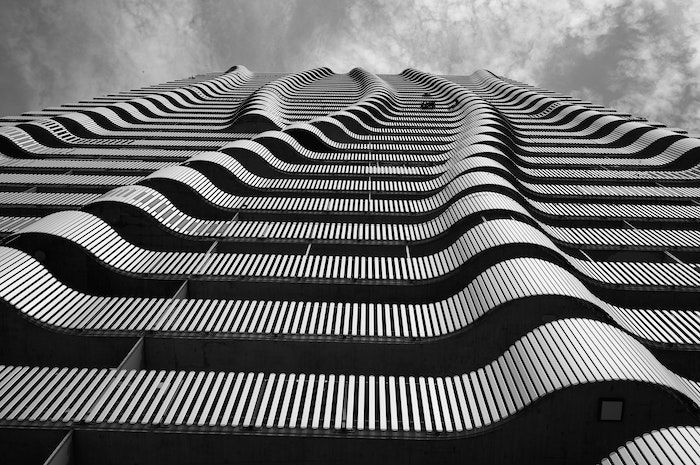
This depends on what you want to use the camera for. If you’re shooting sports and wildlife, you need a good autofocus (AF) system and burst mode. Image stabilization is also handy for most types of photography.
Multimedia creators need to look at the video specs. The hybrid camera market is on fire at the moment. Many cameras have 4K video recording. And some, like the Canon EOS R5 and the Nikon Z9, both record in 8K. These are high resolution video cameras.
A high-res shot mode is a fantastic feature. It’s basically a cheat mode that gives your camera more power. The camera takes several lower-resolution images. Then it puts them together as a composite.
The result is a high resolution image. We’ve seen this in the Fujifilm X-T5 and Olympus OM System OM-1,
Most photographers need a good AF system. And face and eye detection features have proved a godsend for many photographers. They’re a benefit to portrait and fashion photographers and photojournalists.
Unfortunately, cameras with higher resolutions tend to be more expensive. Digital sensors are difficult to develop and expensive to produce. That means customers have to pay more for high resolution cameras.
But remember, you may not need the highest resolution you can find. Think about what you want to shoot and why. And you can use cameras with special features that maximize image quality. Look for low ISO settings and high-res shot modes.
The best high resolution camera can revolutionize your work. And if you’re on a quest for mind-blowing image quality, there are plenty of options. There are DSLR, mirrorless, and even high-resolution Micro Four Third cameras.
The Sony a7R V is our top high resolution camera. The full frame sensor produces incredible images with 61 MP resolution. And it’s a brilliant hybrid camera, producing footage with 4K resolution. Plus, it’s packed with Sony’s most cutting-edge features!



